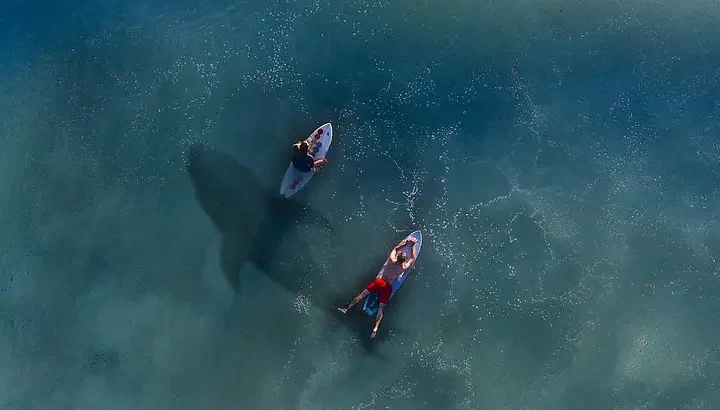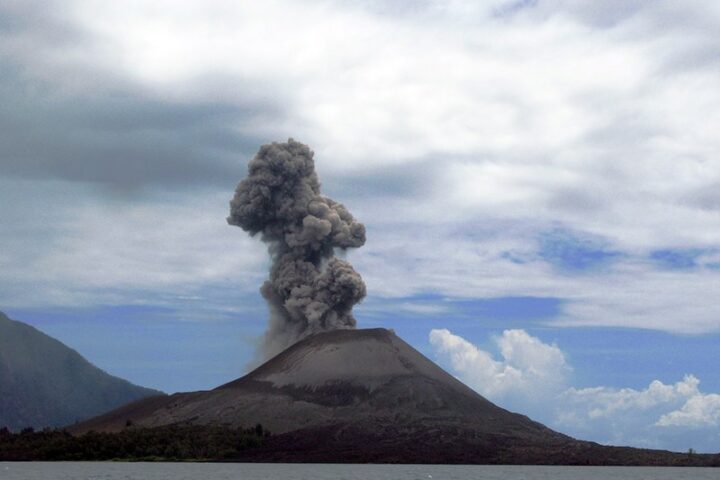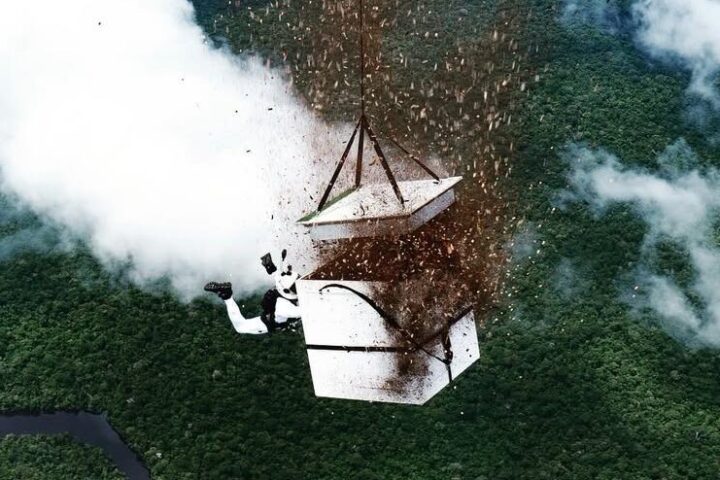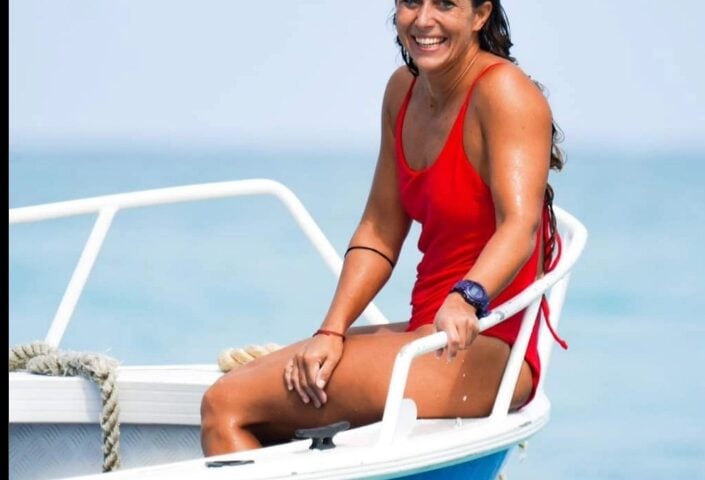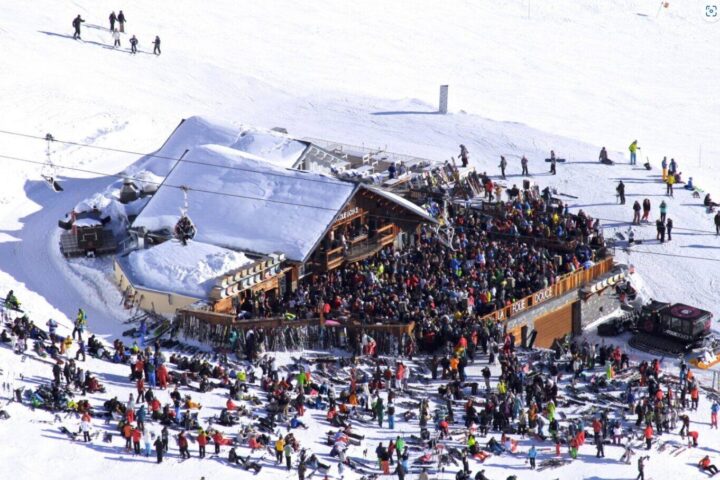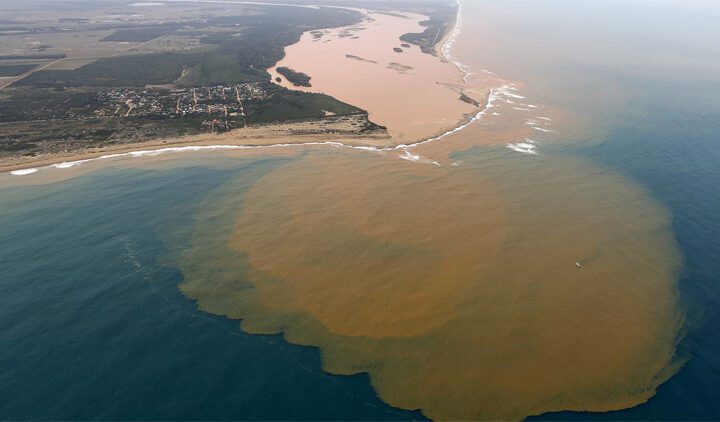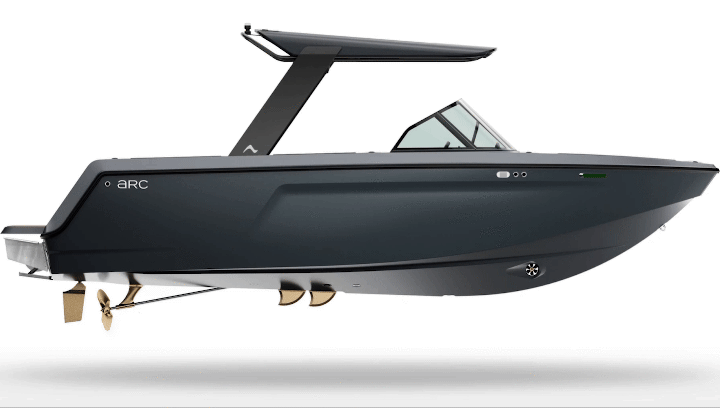The 2025 World Surf League Championship Tour calendar is set with 12 events starting January 27 at Pipeline and wrapping up at Cloudbreak, Fiji from August 27 to September 4. The schedule introduces Surf Abu Dhabi’s wave pool as a February stop while bringing Snapper Rocks back after five years away.
Qualification news from Tahiti shows local talent making waves. Mihimana Braye won the Tahiti trials at Teahupo’o, and 12-year-old Kelia Gallina grabbed attention by becoming the youngest-ever Championship Tour qualifier. Five Polynesian surfers total made it through trials for the opening event.
“Cloudbreak is truly one of the best waves in the world, and hosting the Finals at such an iconic break is going to be incredible,” WSL CEO Ryan Crosby said in the Tavarua Island announcement. This marks the first CT Finals held outside mainland USA, with the island’s remote location providing a unique setting.
Similar Posts
The Abu Dhabi facility spans 75,000 m² on Hudayriyat Island and features 500-meter rides in both directions. Unlike most wave pools, it uses saltwater for more ocean-like buoyancy. Public sessions start at AED 1,800 (€490).
Several top surfers are sitting out 2025. John John Florence, Stephanie Gilmore, and Gabriel Medina confirmed year-long breaks, removing 13 combined world titles from competition. The mid-season cut remains in place, trimming rosters to 22 men and 10 women after Margaret River.
The WSL maintains its carbon-neutral status (in place since 2019) and ban on single-use plastics at all Championship Tour sites. Reef protection at Teahupo’o continues to be monitored by Surfrider Foundation and local groups following Olympic construction debates.
Broadcast coverage expands with ESPN+ carrying U.S. rights and Disney+ serving Latin America. Every heat will stream live with highlight packages on ESPN2. French-speaking fans get free access via La1ere.fr and france.tv.
Online reactions to the schedule mixed excitement for Snapper Rocks’ return with concerns about Abu Dhabi’s addition. Some fans questioned swell reliability for El Salvador’s early season spot and Peniche’s typical weather conditions.
With ocean monitoring technology advancing rapidly, surf conditions reporting has become more precise for both competitors and viewers.




